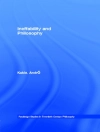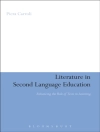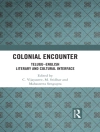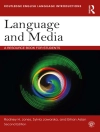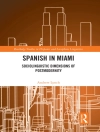Seminar paper from the year 2017 in the subject Interpreting / Translating , grade: 1, 0, Saarland University, language: English, abstract: This work is about different corpora and translation tools, which can assist during the translation process and have been used in order to ensure a high level of translation quality.
In this paper, different exercises with the aforementioned corpora and tools have been carried out.
The term “corpus” can be defined as a collection of spoken or written utterances that exist in machine-readable form (annotated corpora) or in their “raw” state (unannotated corpora) and that are used for linguistic-related tasks. However, the term is mainly used to refer to machine-readable variety.
Corpora are used to analyze lexical, syntactic and semantic/pragmatic aspects, as well as comparing different languages and language registers to each other. The observations in these areas found through corpora cannot only be a support in translation, they can also bring clarity in areas such as historical linguistics and language acquisition.
In order to be applicable in those fields, the corpus must be multifunctional and reusable. Therefore, it needs to conform to standards of falsifiability (the model can be tested on different samples of corpus material and can be replaced by a better fitting model if necessary), completeness (the model has to account for unrestricted data), and objectivity (the model can objectively be tested by observers who do not have an emotional connection to its success or failure).
Marie-Louise Meiser
Introduction to Language Resources for Translators [PDF ebook]
Introduction to Language Resources for Translators [PDF ebook]
Mua cuốn sách điện tử này và nhận thêm 1 cuốn MIỄN PHÍ!
Ngôn ngữ Anh ● định dạng PDF ● ISBN 9783346623799 ● Kích thước tập tin 2.7 MB ● Nhà xuất bản GRIN Verlag ● Thành phố München ● Quốc gia DE ● Được phát hành 2022 ● Phiên bản 1 ● Có thể tải xuống 24 tháng ● Tiền tệ EUR ● TÔI 8364411 ● Sao chép bảo vệ không có


